EV Rollercoaster: Ford and GM’s Billion-Dollar Ride
| “EV Rollercoaster: Ford and GM’s Billion-Dollar Ride”
One of the key metrics in the automotive industry is “return on invested capital”, and for many in the Electric Vehicle (EV) market there are few positive returns! Consider the plight of both Ford and General Motors. According to a recent article in Reuters, “Ford lost an estimated $36,000 on each of the 36,000 electric vehicles it delivered to dealers in the (3rd) quarter (2023) – even more than its estimated $32,350 loss per EV in the second quarter (2023). As a result, Ford is pausing $12 Billion in new EV factory spending after their EV business unit, Ford Model e, lost $1.3 Billion an operating basis for the 3rd quarter of ’23 and is expecting to lose $4.5 Billion for the year. In April, 2022, GM and Honda announced a $5 Billion plan that would introduce millions of EVs priced below $30,000 to the North American market by 2027. In October 2023 … 18 months later … GM and Honda cancelled their joint project “after extensive studies and analysis”. In addition, GM is pushing back the production launch of its Chevy Silverado EV, Equinox EVs and the GMC Sierra Denali EV. After the November, 2021 passage of the Bipartisan Infrastructure Law, also referred to as the Infrastructure Investment and Jobs Act, automakers and their partners announced billions of dollars in planned factory investments for both auto and battery production. As reported in Investor’s Business Daily, “Operations sprouted for everything from lithium mining and processing to battery development, and from EV assembly to battery recycling”. The EV future seemed assured and bright. On Friday, October 27th, 2023, as Ford announced the postponement of $12 billion in planned spending on new EV manufacturing capacity, they added the comment that “many customers in North America are no longer willing to pay a premium for an electric vehicle over an internal-combustion or hybrid alternative.” In addition to the cost of the EV, as early as July, 2023, PEW Research reported that “Americans express limited confidence that the country will build the necessary infrastructure to support large numbers of EVs on the roads.” Building a North American EV battery chain was to be challenging from the very beginning. The sourcing issues underscores the weakness link – critical minerals including lithium, graphite, nickel, copper and cobalt. Consider cobalt, which The Democratic Republic of Congo (DRC) has long been the world’s largest producer, accounting for 73% of global output in 2022, and where abuses in mining are widespread. Or lithium, where China is home to 55% of the world’s processing capacity. Plans are being made to revive mines in Canada and the U.S., but mine revival can take up to 15 years for production to commence. And while the infrastructure bill allocated $15 Billion for the EV industry, it excluded permitting reform. The average NEPA (National Environmental Policy Act of 1970) review takes over 4 1/2 years to complete, as well as being very expensive. Though many still believe that EV’s are going to be the future of the passenger automotive business, the next few years will be a bumpy road for the projects that were slated to make EVs a reality. |
To learn more about who Dixie is, visit our About page.
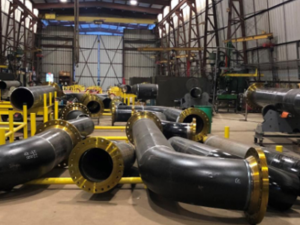
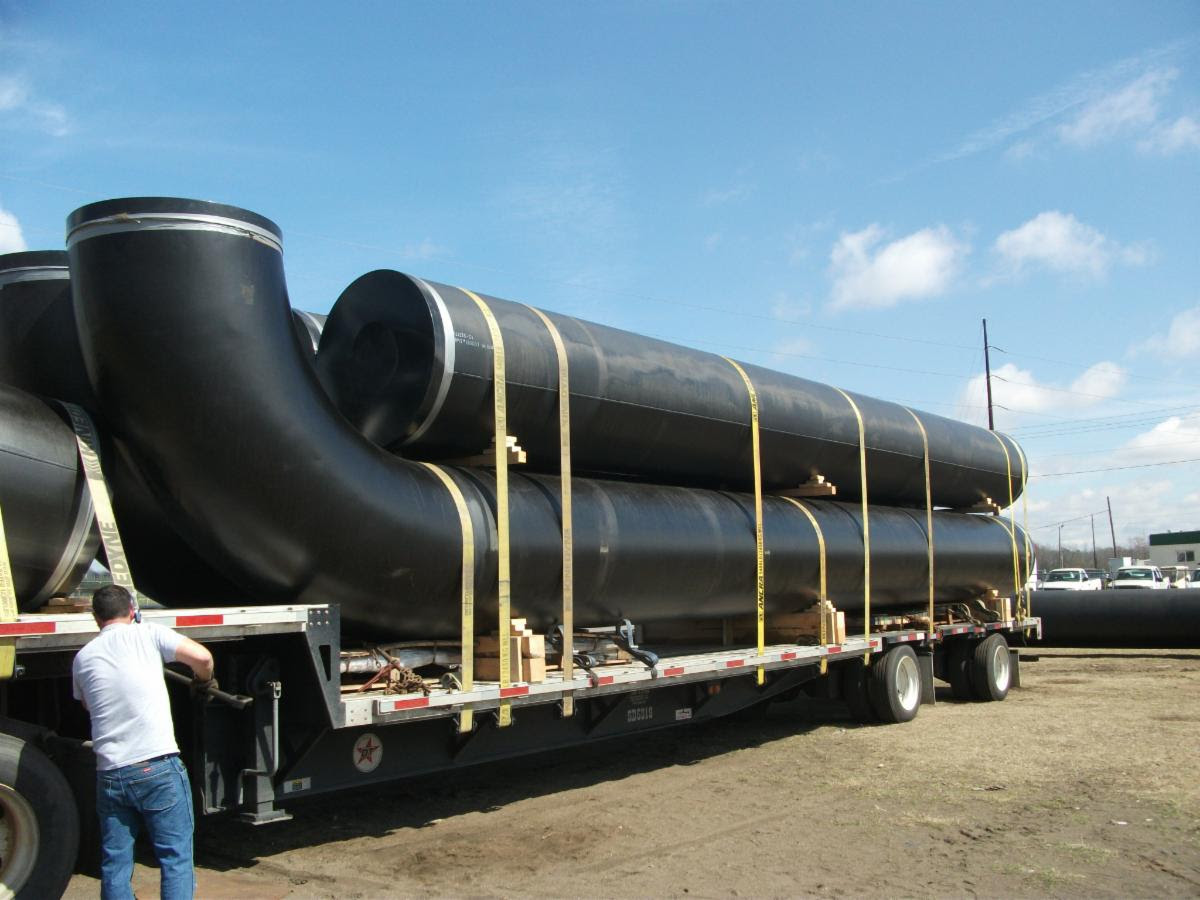
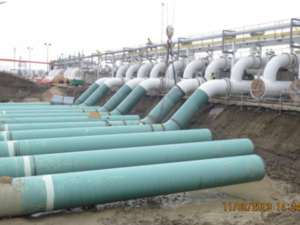
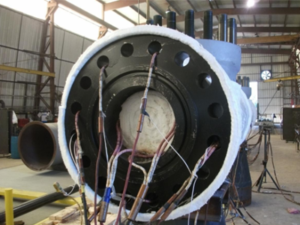
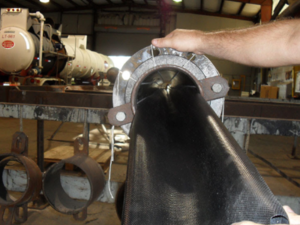


Stay Connected